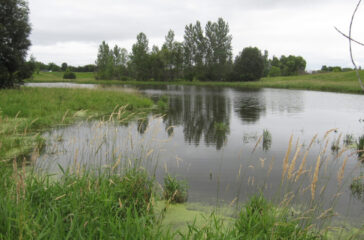Justices ring death knell for isolated US wetlands
By Judith Helgen
A recent decision by the U.S. Supreme Court strips away protections from our nation’s remaining treasure of isolated wetlands. The court has reverted to the dark days when wetlands were viewed as dirty swamps to be drained — habitats with no value.
 EWG
EWG